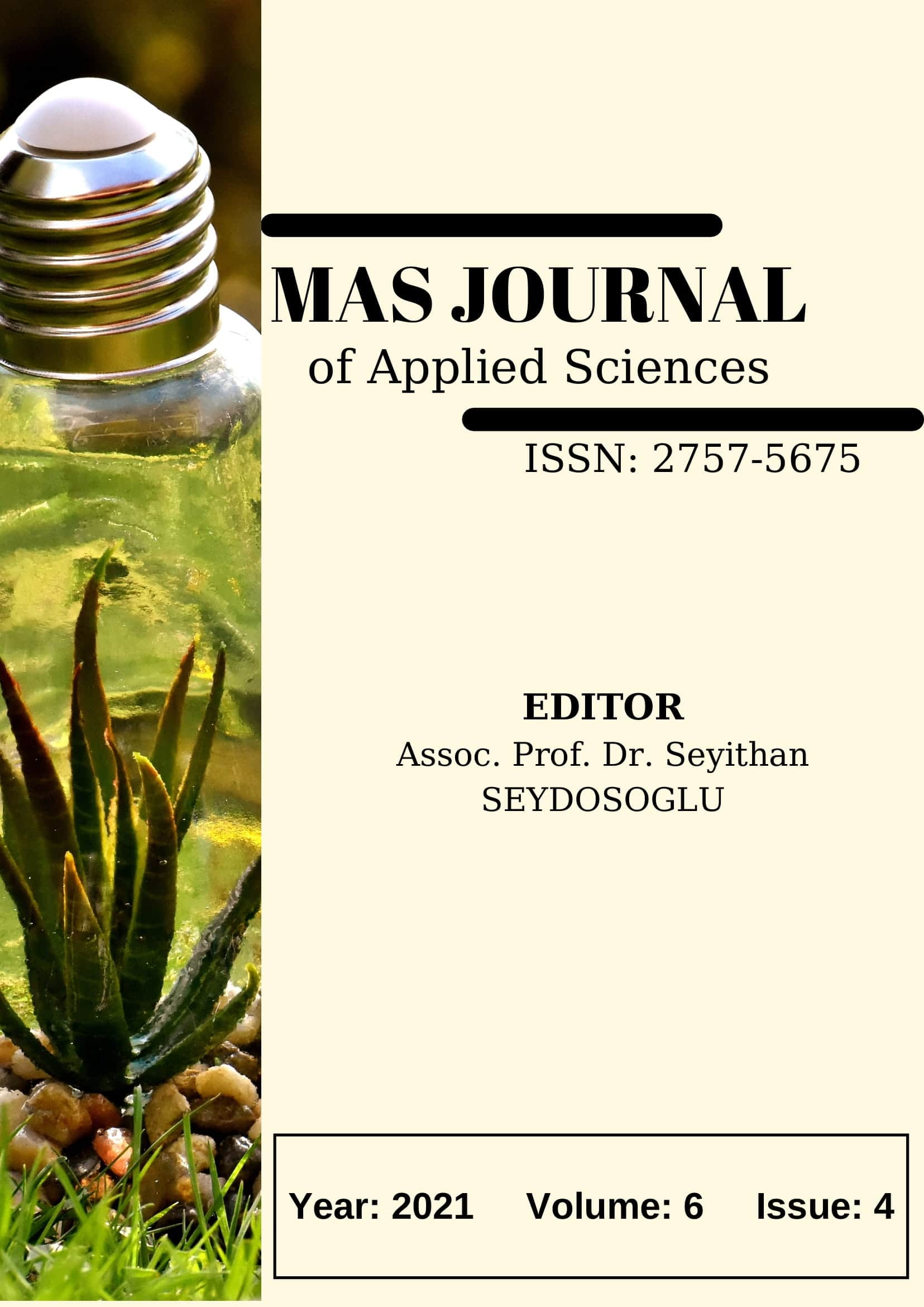Winter Oilseed Crop Canola in the Age of Fast Changing Climate
DOI:
https://doi.org/10.52520/masjaps.131Keywords:
Canola, rapeseed, Brassica napus, utilisation, stressAbstract
Canola is today the most widely cultivated Brassicaceae family crop species. Rape (canola) oil was a source of oil for lighting purposes in ancient times. Canola is now the second common oilseed crop in the world with greater than 12% of the world oil supply. The protein quantity and quality, and overall nutrient content of canola is quite good. Global demand for protein sources for human and animal consumption is rising with rapidly growing world population. Plant proteins are a good source for food processing as an alternative to animal proteins. Canola meal has a big potential to be used as a high protein food ingredient. Canola meal is the biodiesel industry byproduct and is abundant in major producing countries. During extracting canola oil, big quantities of meal are produced. Effect of climate change on agriculture or more specifically canola and its multidimensional bitoic and abiotic relations may sharply reduce global canola production especially in vulnerable regions. Climate change is influencing the growth period of the crops, crop growth, photosynthesis an dother importan tmetabolisms of plants, arable land acreages, soil fertility and incidence of biotic factors (pests, diseases and weeds). Forest fires in the cold country Canada, where canola production is top in the world, may be a sign to us that 18,6 million tons of canola production on 8,3 million ha area may be under a threat. This which may effect trade, indstry and consumption of a major oilseed product. Oilseeds are an important backbone in global agricultural commodity trade and economy of countries. Canola has high oil content used as a food and fuel source and its oil process co-product meal is high in protein as a feed. Here in this review some aspects related to importance of seeds of canola and canola crop responce to selected stress factors are given below.
Downloads
Published
How to Cite
Issue
Section
License
Copyright (c) 2021 The copyright of the published article belongs to its author.

This work is licensed under a Creative Commons Attribution-NonCommercial 4.0 International License.


